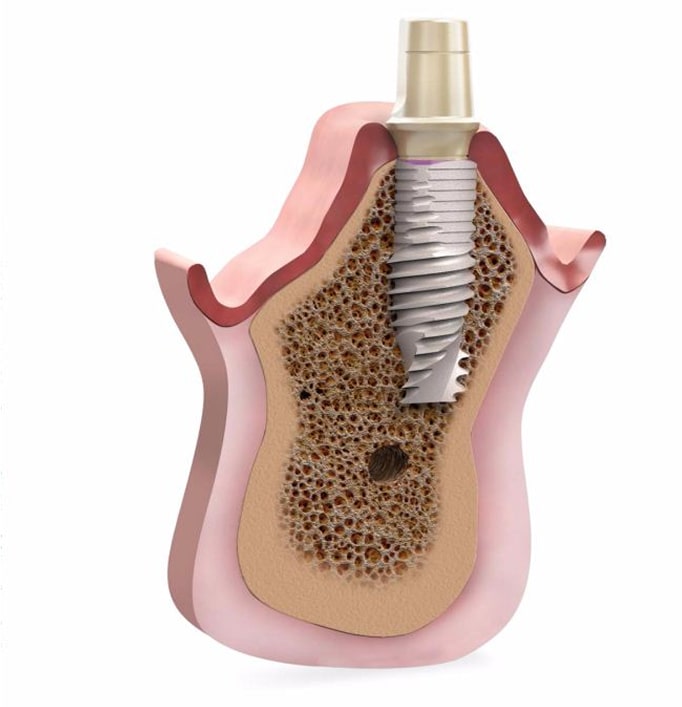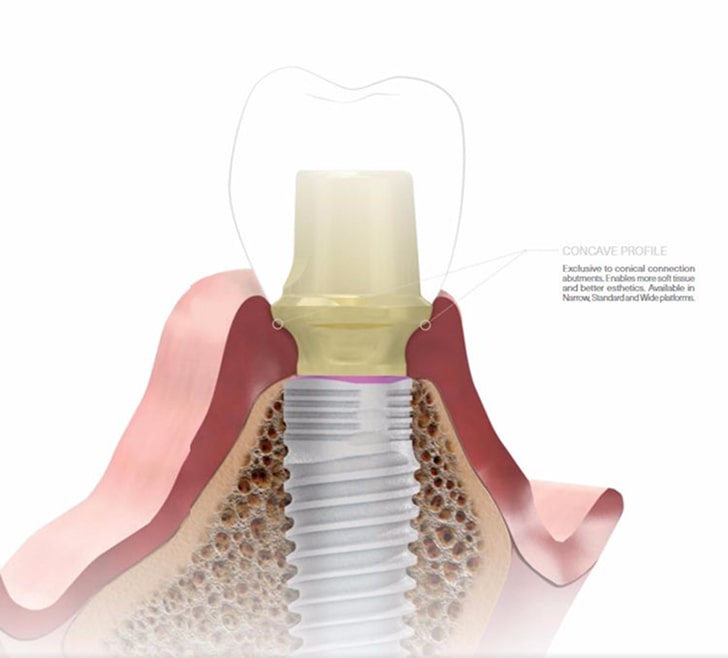Menu

close
Implantology is a modern and highly effective way to restore missing teeth in a manner that is as close to natural as possible.
Our advanced dental implants provide durability, a natural appearance, and full functionality — allowing you to enjoy comfortable chewing and a confident smile.

Implantology is a field of dentistry focused on the placement of dental implants in cases where natural teeth are missing.
The goal of implant treatment is to restore chewing function, facial aesthetics, oral health, and overall smile harmony.
A dental implant is made from biocompatible medical titanium and is surgically inserted into the jawbone.
Over time, the implant integrates with the bone, functioning as the root of a natural tooth.
After integration, an abutment (a connecting element) is attached to the implant, and a custom-made crown is placed on top.
Thus, a dental implant is a multi-component system consisting of:
Additional components may include a healing cap to shape the gums.



Next step: The patient returns; the gum is reopened, the healing cap is removed. A gingiva former is placed to shape the natural gum contour for the crown. After 1–2 weeks, impressions are taken and sent to the dental laboratory. A custom crown is fabricated and securely attached.








1
Այլ